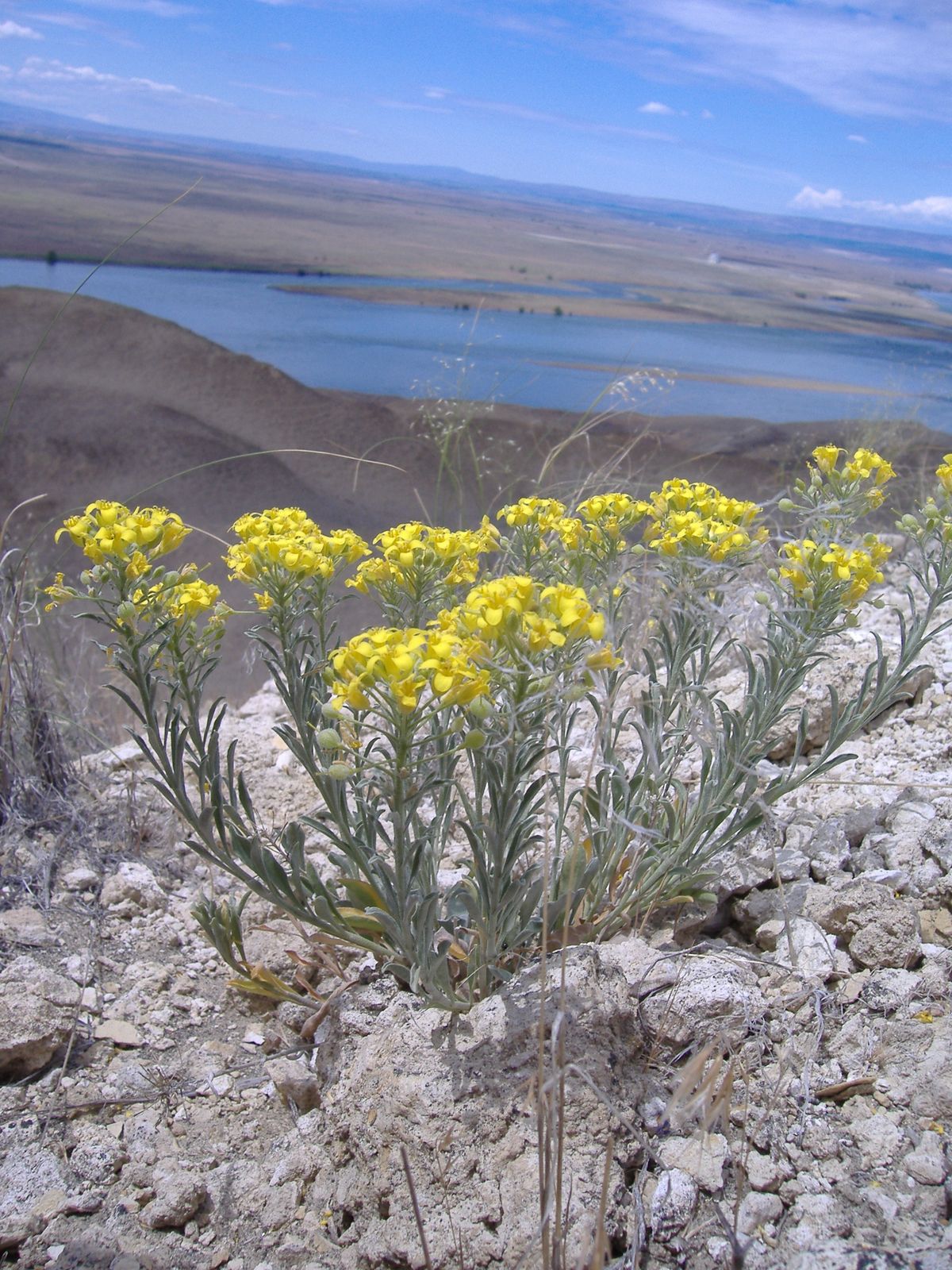Protection proposed for rare plants

The U.S. Fish and Wildlife Service today proposed endangered species protection for two plants, the Umtanum desert buckwheat and White Bluffs bladderpod, found only in Washington’s Hanford Reach National Monument.
The agency also proposed designation of just over 3,200 acres in Benton and Franklin counties as protected critical habitat for the threatened plant species. The proposals are the result of an agreement between the Center for Biological Diversity and the USFWS to speed up protection decisions for 757 species around the country.
Both plants were discovered during a 1995 botanical survey of the Hanford Reach and made candidates for protection in 1999. The buckwheat is a woody plant that can live up to 150 years and is limited to a weathered basalt outcrop on the top edge of the Umtanum Ridge in Benton County, where it is threatened by fire, invasive species, off-road vehicle use and trespassing cattle, said Noah Greenwald, the center’s endangered species director. The bladderpod is a showy flowering perennial limited to the White Bluffs area of the Hanford Reach and threatened by landslides caused by seepage from agricultural irrigation in addition to other threats.
“These plants are part of what makes the Hanford Reach, the last free-flowing stretch of the Columbia River, so special,” said Greenwald. “Identifying all the pieces of the puzzle that make up our world and ensuring they’re not lost is important work.”
The Hanford Reach was designated a national monument in 2000, in part because of its well-recognized plant and animal diversity.